You probably have a ton of questions if you’ve recently decided to learn to sew. Before you get overwhelmed and give up, let me assure you that you’re in the right spot. There is a lot to learn with any new hobby, but if you approach it the right way, you can soon turn that hobby into your passion. So let’s jump into everything you need to start your new sewing journey!
Can I Teach Myself to Sew?
Ab-so-lutely!
You can certainly, one-hundred-percent learn to sew on your own. It won’t happen overnight, and certainly not by magic. It takes a fair amount of practice and patience, but when you’re armed with information, supplies, and a plan, you are off to an excellent start.
Whether you have basic sewing skills or have never even seen a sewing pattern, you can be breezing through the sewing world in almost no time at all.
The key is to start small. It’s easy to become resigned to failure when you look at a complicated project. If you fall into the trap of thinking, “I can’t do that!” it’s time to take a step back. You are getting ahead of yourself!
It’s essential to break this process into small pieces; your learning, projects, and everything should start small! If you eagerly jump in and bite off more than you can chew, you will doom yourself to failure.
Repeat after me: one step at a time. Of course, you won’t be sewing haute couture by this time next week, but you just might have a simple handbag you can show off.
Sewing Lessons: How Can Beginners Learn to Sew
The only way to learn something is by doing. That’s just as true when you want to learn to sew. All the reading or watching videos in the world won’t get you to where you need to be. Of course, those are both very helpful to your learning process, but you need to feel the needle in your fingers and the drape of the fabric
Everybody learns differently, however. So it’s marvelous that our modern world can accommodate each person’s learning needs and styles. And the beautiful thing is that you can mix and match any of these learning methods, whether you’re just picking up some sewing tips or getting an in-depth lesson.
Learn to Sew with Online Tutorials
You can find plenty of resources on the internet. Some are free, while others can be expensive. Some are geared specifically to kids, and others work at a more adult pace.
Most are set up similarly; you sign up for a set number of classes in a course, let by an experienced teacher. You watch a video that walks you through each lesson. These can be helpful because you can rewind and pause as needed.
Each online sewing course requires a different level of commitment, so do some research before you sign up. Also, be honest with yourself about whether you can keep up with the pacing of the classes. If you feel it’s going too fast for you, you might wind up sabotaging yourself.
Learn to Sew with Step-By-Step Guides
Something slower more your speed? Totally understandable.
Sure, videos can be beneficial, but sometimes it helps to study a good picture and get a strong sense of where everything should like and how to line it all up. Then, you can practice the steps alongside the guide.
Some people learn better by reading rather than watching. Reading the words may sink in better for some people. And this method allows you to work at your own pace.
Learn to Sew with In-Person Lessons
Learning face-to-face from another person is invaluable because you can ask all the questions you need in real-time. The downside to taking an in-person lesson is that you can’t hide behind your computer screen; it’s easy to feel foolish when you make a mistake in front of another person. But remember that they don’t expect perfection from a beginner like you!
There are numerous places you can seek out lessons. Of course, many local shops offer them, but if you have a talented friend or relative willing to teach you, that’s a perfect way to save money.
Learn to Sew with Trial and Error
Ok, so this isn’t an ideal method, but some people learn best this way. It’s undoubtedly the most challenging method of learning for most folks.
Of course, there’s nothing wrong with experimenting on your own and seeing what you can figure out from your successes and mistakes. Frustrating? Heck yeah. But rewarding? Maybe. Sometimes.
How Long Does it Take to Learn to Sew?
Beginner’s enthusiasm makes many people impatient. They want to learn all the things, and they want to know them right now!
That’s a wonderful spirit, but don’t rush yourself. How long it takes for you to start making the things you are dying to make all depends on how often you sit down with a needle and for how long. Many times you can sew your first basic pattern on your first day.
Remember, it takes a lot of preparation and planning to learn to sew.
Get the Supplies You’ll Need to Learn to Sew
Before starting your new hobby, you need to have the right materials. It’s easy to get overwhelmed when you walk into a fabric store because there are so many cool gadgets and tools for sewing. Most of those are for very specialized projects. Before you break the bank buying everything you see, start with only a few basics. You can build your war chest as you progress.
Sewing Machine
Yeah, this is kind of a big one. While there are some projects you can learn to sew by hand, a sewing machine will make most of your sewing much simpler.
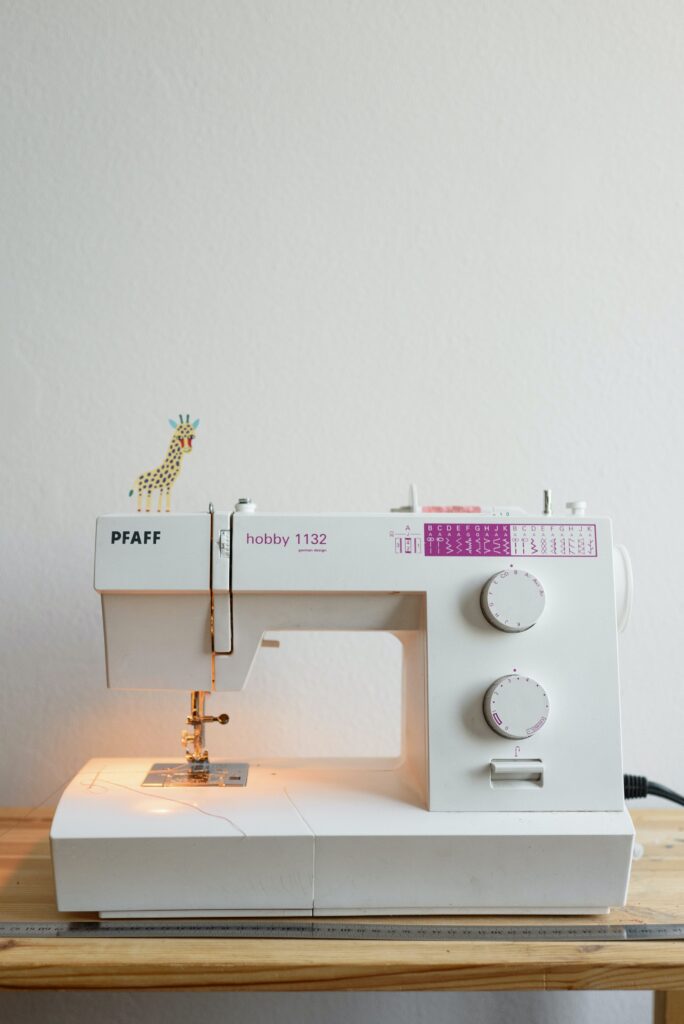
You don’t need a fancy machine with all the bells and whistles. Instead, a basic machine should be suitable for most beginners. Although you might want to start with an inexpensive one, keep in mind that you might want to upgrade to something more complex as your skills grow.
Perhaps you might be able to borrow one from a friend or neighbor until you are ready to settle on a long-term sewing machine to suit your needs.
Scissors
Keep two kinds of scissors in your sewing box. You’ll need one pair of fabric shears and a regular pair of scissors for cutting paper patterns.
You might consider a bonus pair of scissors; some pinking shears. These fabric scissors have teeth that prevent your fabric from fraying and cut down on bulk along your seams.
Pins and Needles
Straight pins are a must for holding your fabric in place as you work with it. Otherwise, your pieces may slide around as you sew them, and you could completely mess up your seams. Remove the pins before you run the fabric under your sewing machine’s needle, or you may break the needle.
Your sewing machine comes with a couple of universal needles, but it is always a good idea to buy a few more if you break a needle. You can also buy some thicker needles for thicker material.
It’s also helpful to pick up a package of hand sewing needles. Even though you’ll likely be doing the bulk of your sewing with your machine, some pieces often need finishing by hand.
Thread
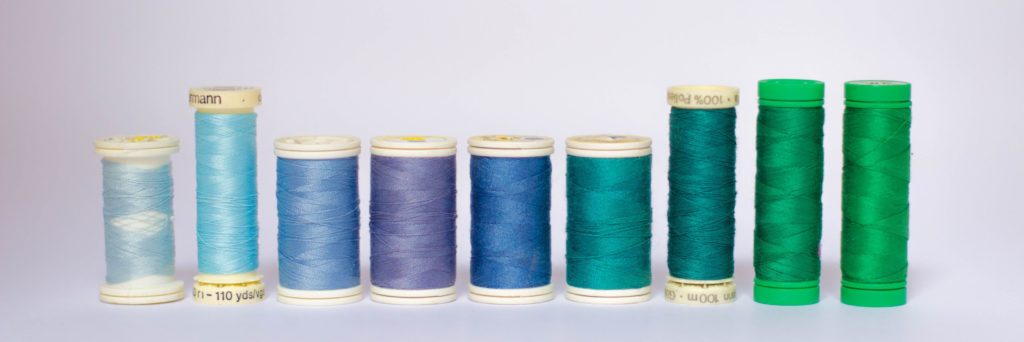
You’ll find all sorts of fancy thread types at the fabric store, but you’ll only need polyester or cotton thread at the beginning. These are versatile threads that are suitable for all fabrics.
If you are buying thread with a specific project in mind and have your fabric already, make sure the color matches your fabric. For example, if the material is a solid color, match your thread as close as possible to that color. Or, for a bold style choice, you could use a contrasting thread. Either way, remember that the stitches will be visible in some cases.
Learn to Sew Using a Sewing Machine
Sitting down in front of your sewing machine for the first time may be the most intimidating part of the learning process for some beginners, but don’t panic! Most sewing machines are pretty simple and don’t require hours of training.
If you are worried that you’ll make a mistake, relax. Most sewing machine mistakes can be undone with a seam ripper. And yes, you may make a mistake or two.
What to Consider When Buying a Sewing Machine
If you don’t already own a sewing machine, keep these few items in mind as you head out to the store.
Cost isn’t everything. You don’t need to break the bank, but you also want to be sure you find something capable for your sewing needs. Set yourself a budget and do some research.
Where you make your purchase matters. Some local shops may offer you a free lesson by purchasing a new sewing machine. On the other hand, a local store will be more expensive than buying a sewing machine online.
Before you decide on your new sewing machine, think about where it will live in your house. Do you have a designated spot where it can live permanently, or will you need to use it at the dining room table and store it when you’re done? Consider how easy it is to store your sewing machine if required. You can also purchase a storage and carrying case for it.
Learning How to Use Your Sewing Machine
Before you even thread your needle, learn the parts of your sewing machine and their function. You can check out your manual for a guide and other helpful tips.
Only focus on the basics at first. Most sewing machines have features that aren’t much used, so why stress yourself out trying to learn everything at once? You will learn the more complex features with more experience.
Play around with sewing on some scrap fabric so you can get the feel of the machine. This way, you will be more familiar with how your machine works when you have your first lesson or are ready to start your first project.
Your First Sewing Projects
It’s time to get started with your needle, thread, and fabric. Are you ready to begin?
Ideally, you should just practice your stitches to begin. Work on making seams and perfecting your reverse lever for a while on various pieces of fabric.
Don’t try to make anything to start out with; just work on the process. There are many skills that you’ll need to learn as you go, but don’t try to learn them all a once.
It will be hard, I know, to resist jumping in and trying your hand at that cute dress you’ve had your eye on. But, patience!
What are Some Good Beginner Sewing Projects?
Pick a couple of projects that will help you perfect your basic stitches and functions. Projects with straight seams all the way around and only a few pieces of material are ideal.
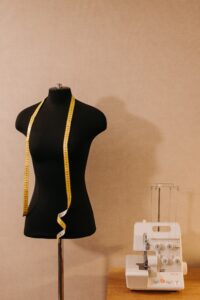
Some examples of a first sewing project with simple lines include a cushion or a tote bag. Again, focus on a pattern aimed at beginners. Don’t think too big right out the gate!
Where to Find Beginning Sewing Patterns
We are so lucky to live in the time we do because easy sewing patterns are incredibly easy to find. Of course, you can always find a slew of patterns at your local fabric shop. These are wonderful because they include the paper templates you need; all you have to do is cut them out in the correct size you need. Many of these patterns also come with variations so that you can opt for different adjustments to them.
The internet is also full of many fantastic easy sewing projects. You can find many cute projects that are either excellent gift ideas or ones that can be entirely functional household items. And since they are so simple, you can make several of them to keep for yourself and to pass out to friends and family. They will be amazed by your new talent.
Looking to take on another hobby? Check out what you’ll need to get started as a knitter.
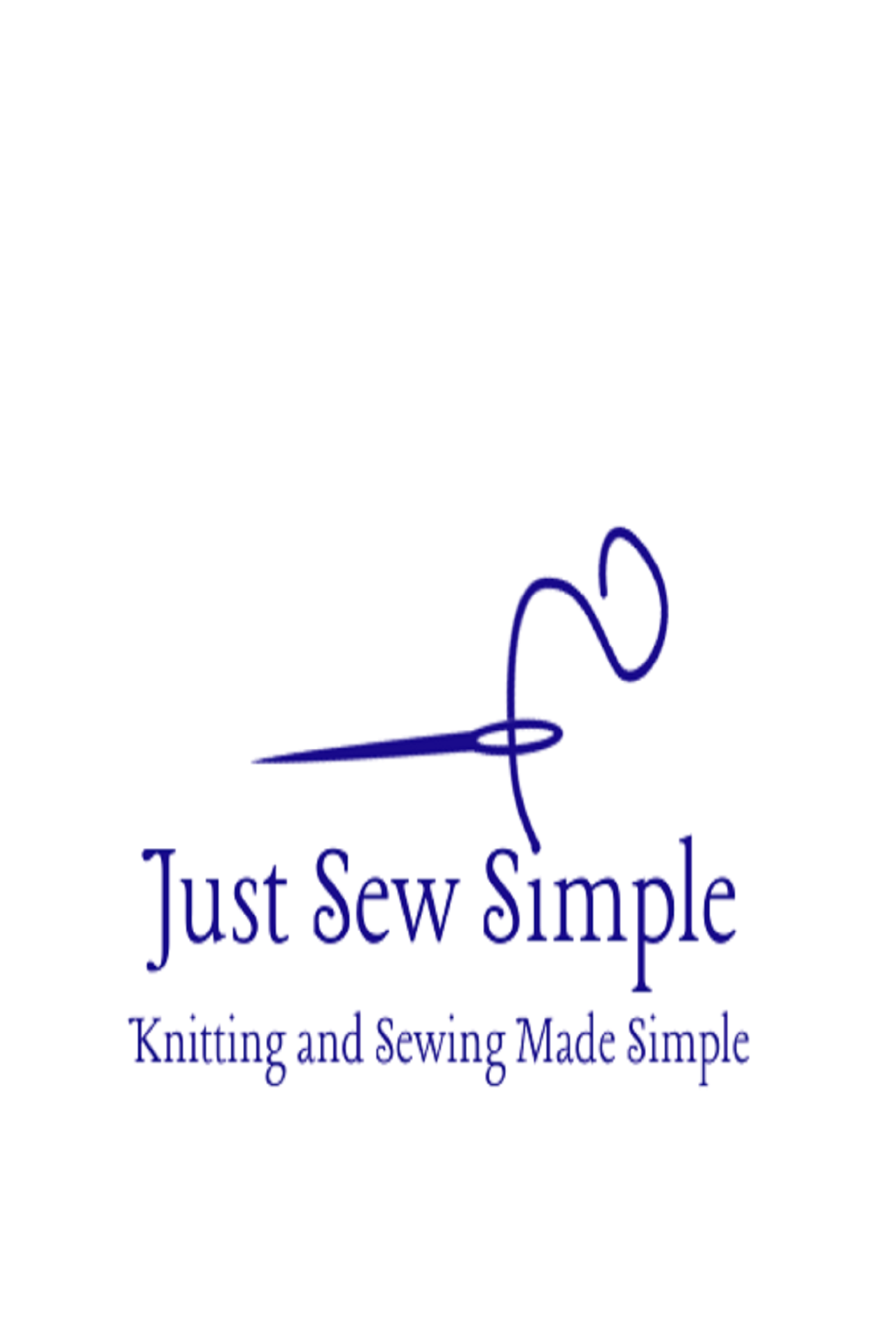
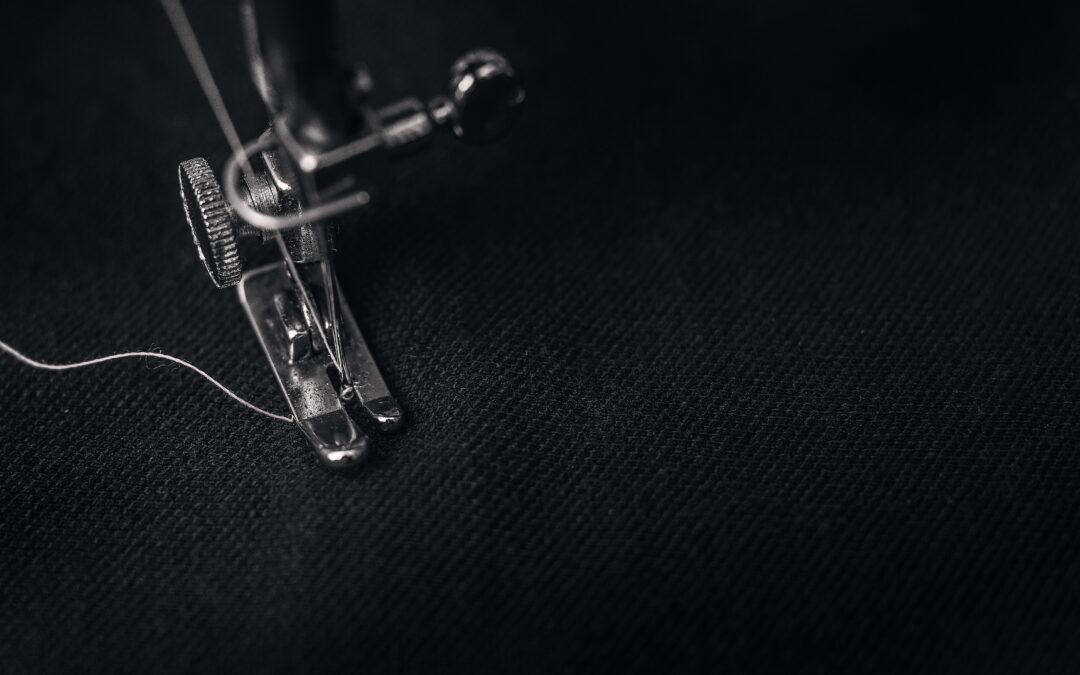
Trackbacks/Pingbacks